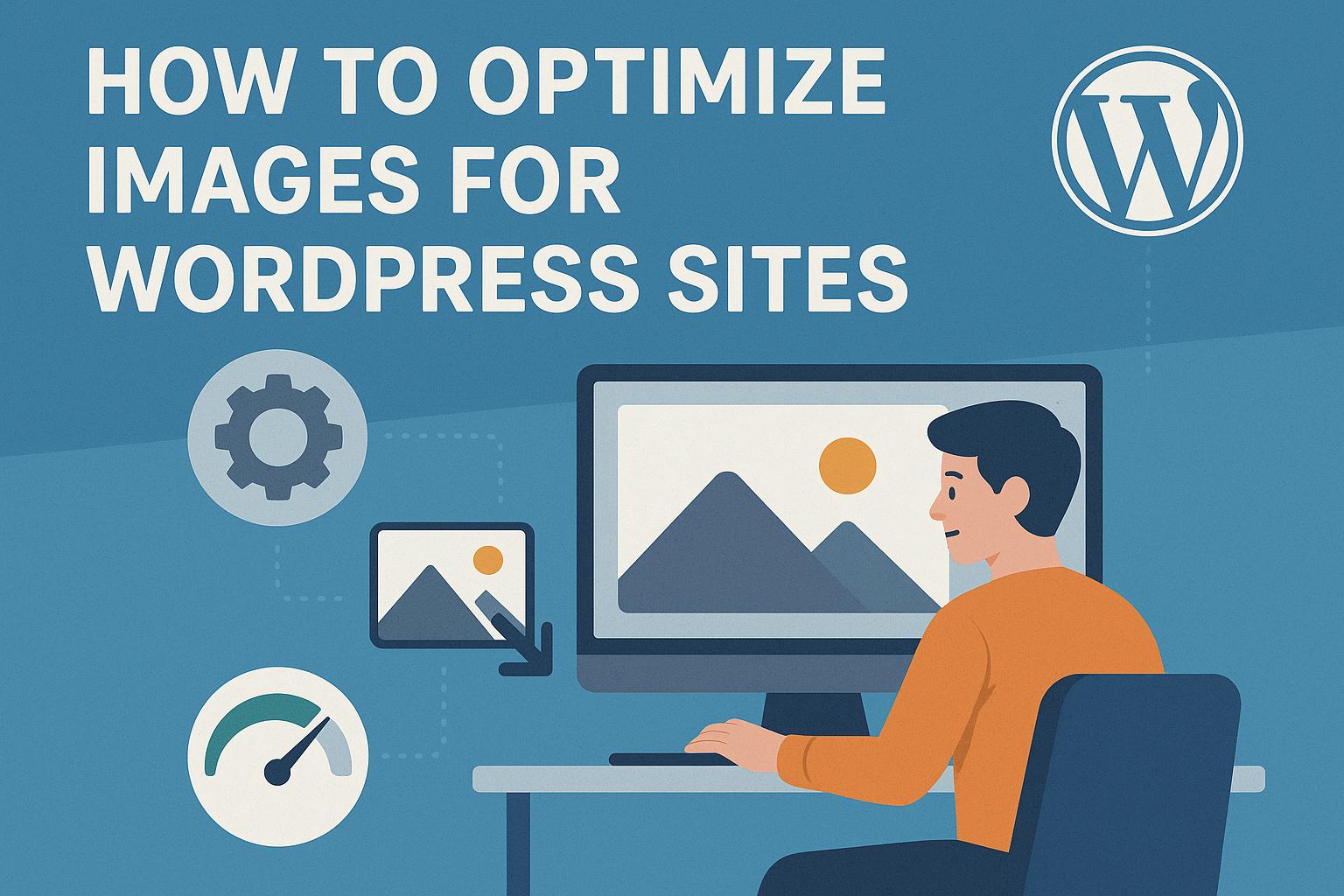Understanding Image Optimization for WordPress
Optimizing images is a crucial step in enhancing the performance of WordPress sites. Properly optimized images contribute significantly to faster loading times, improved SEO, and better user experience. This guide explores various techniques for optimizing images on a WordPress site, focusing on key areas such as file formats, compression, dimension management, and additional strategies to enhance image performance.
Importance of Image Optimization
Images play a significant role in engaging visitors and conveying information on a website. They attract attention, provide visual breaks in text-heavy pages, and sometimes convey messages more comprehensively and quickly than text alone. However, large image files can slow down your site, leading to higher bounce rates and lower search engine rankings. Users expect web pages to load quickly, and delays can lead to frustration and reduced engagement.
By optimizing images, you reduce their file size without compromising quality, thus enhancing website performance. Efficient image optimization contributes to a better user experience by ensuring fast page loads, which are crucial for retaining visitors and improving conversion rates.
Using Appropriate File Formats
Choosing the right file format for your images is the first step in optimization. The three most common formats are JPEG, PNG, and WebP. Understanding when and how to use these formats can make a significant difference in the performance of a WordPress site.
JPEG is preferred for photographs and complex images due to its lossy compression, which effectively reduces file size. This format is particularly useful for web applications where speed takes precedence over absolute image quality.
PNG is suitable for images with transparent backgrounds or those requiring lossless compression, such as logos and icons. PNG files maintain high quality across various display devices, which makes them perfect for branding images.
WebP is a modern format supported by most browsers, offering superior compression, which results in smaller file sizes compared to JPEG and PNG. WebP can achieve the same image quality as JPEG with smaller file sizes, thus contributing to faster load times.
Image Compression Techniques
Image compression is essential for reducing file size while maintaining acceptable quality. Several tools and resources are available to assist with this process, either manually or automatically.
Online Tools: Platforms like TinyPNG and JPEGmini offer user-friendly interfaces for easy image compression, significantly reducing file sizes without considerable loss of quality.
WordPress Plugins: Plugins such as Smush and ShortPixel integrate seamlessly with WordPress, compressing images upon upload and providing options to optimize existing files within the media library. These plugins often offer bulk optimization features and other custom settings to achieve the desired balance between image quality and performance.
Proper Image Dimensions
Ensuring images are not larger than necessary is a fundamental practice of optimization. Uploading oversized images and relying on WordPress to resize them can lead to unnecessary bloat. It’s crucial to resize your images to the required dimensions before uploading them to your site. This measure reduces the workload during page rendering and minimizes the amount of data transferred when an image is loaded.
Responsive Images
Utilizing responsive image techniques can significantly enhance user experience by delivering images that are appropriately sized for different device screens. The tag with the srcset attribute allows the browser to select the best-suited image based on the user’s screen size and resolution. This technique ensures that bandwidth isn’t wasted on downloading unnecessarily large images for smaller screens, thus improving load times and overall site performance.
Lazy Loading Images
Implementing lazy loading defers the loading of off-screen images until the user scrolls close to them. This approach improves initial load times and saves bandwidth by loading only the images that are immediately viewable. Lazy loading is particularly beneficial for long, content-heavy pages with many images. Plugins like Lazy Load by WP Rocket can enable this feature seamlessly, ensuring efficient resource use and swift page interactions.
Optimizing Image Alt Text
Optimizing size and dimensions enhances performance, but it’s equally important not to overlook the significance of image alt text. Alt text provides descriptive information about the image’s content, which aids in accessibility by ensuring screen readers can interpret visual content for visually impaired users. Furthermore, alt text contributes to SEO by enhancing search engines’ understanding of page content and potentially improving the page’s visibility in relevant search results.
Caching and Content Delivery Network (CDN)
Integrating a caching mechanism and a CDN optimizes image delivery speed. Caching plugins like W3 Total Cache store images closer to users, reducing loading time by minimizing server processing demands. Meanwhile, CDNs distribute content across global networks of servers, ensuring quicker access to images by serving them from geographically closer locations to end-users. Together, these measures enhance overall site performance, particularly for visitors located far from the site’s primary server.
Conclusion
Incorporating these image optimization strategies on your WordPress site significantly contributes to better performance, SEO, and user satisfaction. Selecting the right file formats, compressing images, optimizing dimensions, and leveraging lazy loading alongside responsive techniques enable efficient image delivery without sacrificing quality. Beyond individual techniques, building a comprehensive optimization strategy involves integrating these approaches within the broader context of website management, ensuring ongoing effectiveness as site content evolves. For further reading, consider visiting resources on WordPress optimization, such as WordPress Developer Resources.
